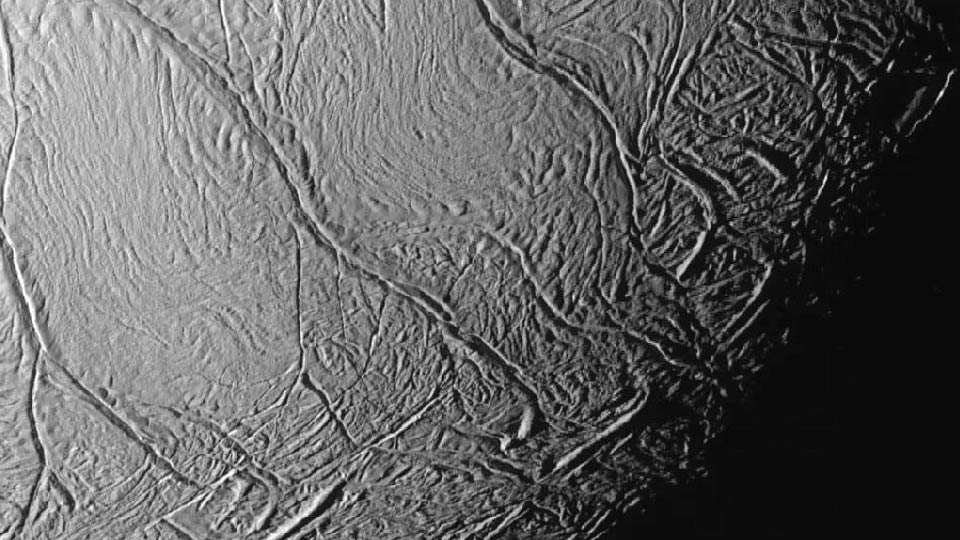Atmosphere, Vol. 14, Pages 573: Stabilized Electrospun Polyacrylonitrile Fibers for Advancements in Clean Air Technology
Atmosphere doi: 10.3390/atmos14030573
Authors: Ivan P. Beckman Gentry Berry Mine Ucak-Astarlioglu Travis L. Thornell Heejin Cho Guillermo Riveros
Particulate matter air pollution and volatile organic compounds released into the air from the incomplete combustion of fossil fuels and wildfires creates significant damage to human health and the environment. Advances in air filtration and purification technology are needed to mitigate aerosol hazards. This article details an effort to explore the potential benefits of new materials and methods for the production of nonwoven air filtration media through electrospinning and stabilizing polyacrylonitrile fibers. The investigated production methods include electrospinning fibrous matting onto a stainless steel wire mesh and stabilizing the nonwoven media in a chamber furnace. The media is then tested for air filtration penetration and airflow resistance, and the fiber size distribution is measured using scanning electron microscopy. The experimental results show that the electrospun media approaches the performance criteria for airflow resistance and particle capture efficiency of high-efficiency particulate air (HEPA) filter media. Furthermore, performance estimations for electrospun media of increased thickness and for a decreased filtration velocity show potential to exceed the HEPA media resistance and efficiency criteria. Thus, it is suggested that electrospun and stabilized nonwoven fibrous media are candidates as alternatives to traditionally manufactured HEPA media and may potentially benefit modern air filtration technology and reduce hazards associated with particulate matter. Additionally, the authors recommend future exploration into the carbonization and activation of electrospun filter media for the adsorption and mitigation of volatile organic compounds as a secondary benefit, while maintaining high efficiency and low airflow resistance in the removal of particulate matter from aerosol streams.

 1 year ago
20
1 year ago
20


